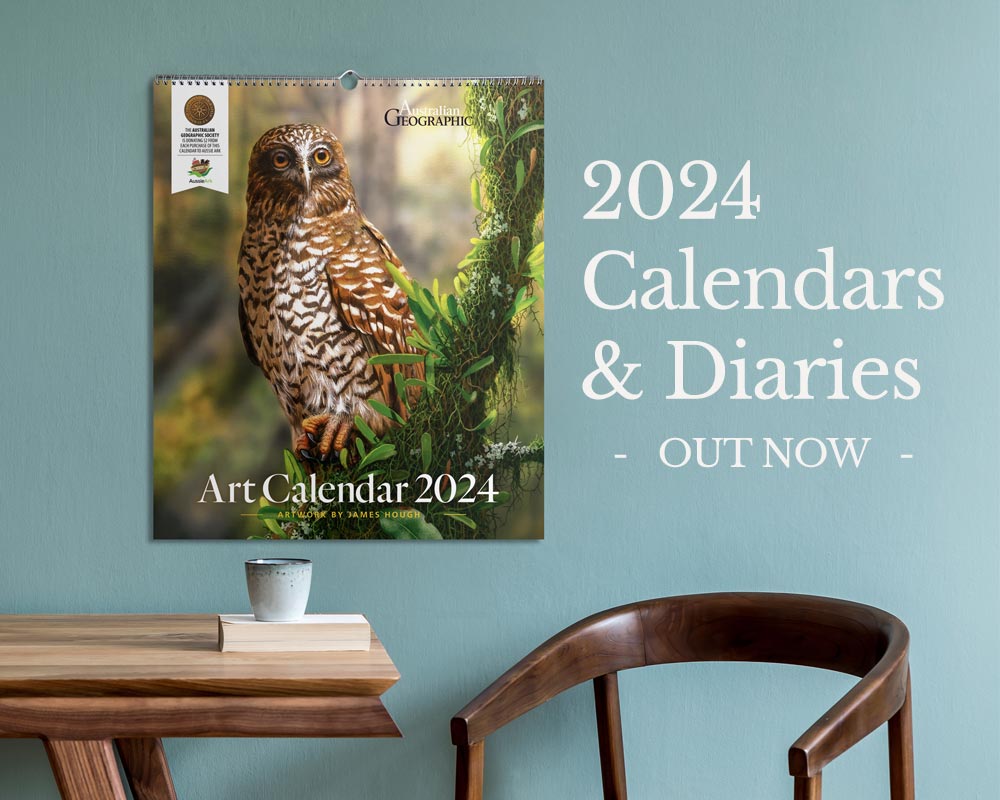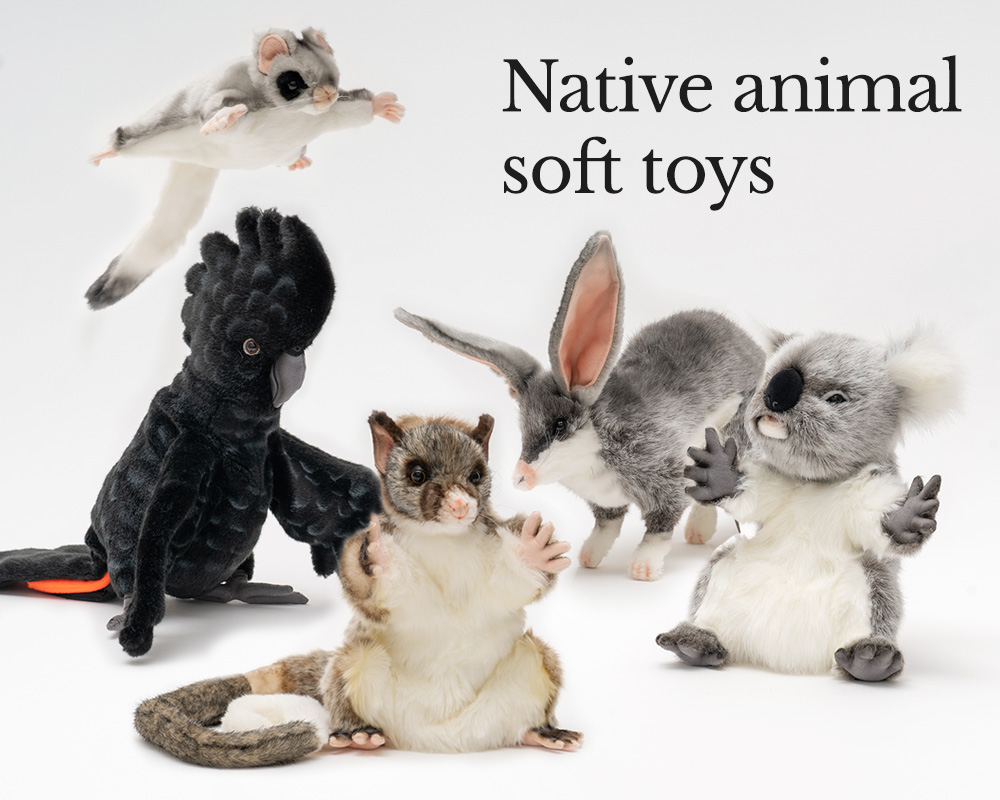The largest stand of river red gums in the world

While camping with his family next to Barmah Lake in the river red gum heavy Barmah-Millewa Forest in northern Victoria, Lewis Rapsey plays hide-and-seek with the other campground kids. Here, he has his eyes covered as he counts to 10 against a 500–900 year old red gum.
Photo Credit: Randy Larcombe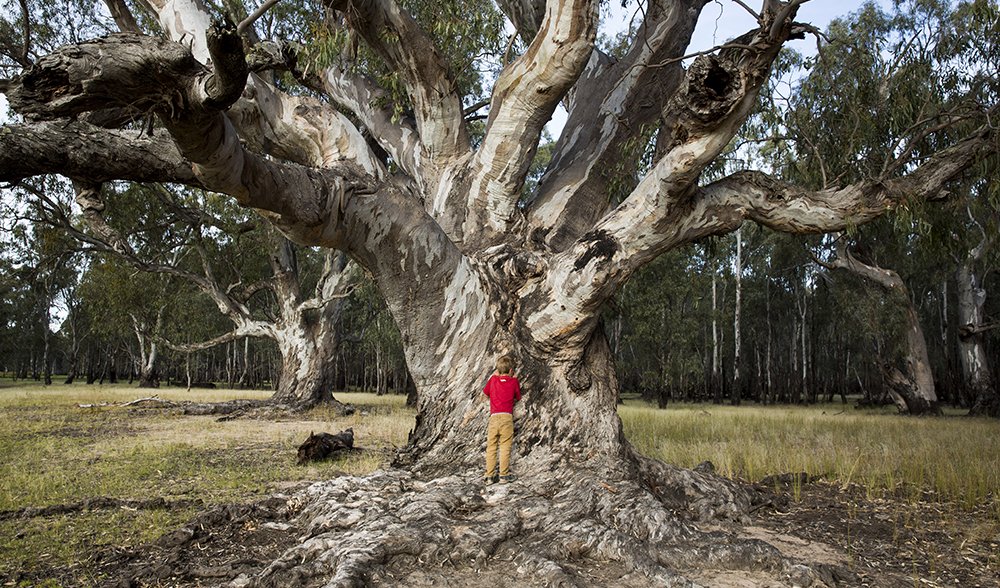
(L–R) Aurora Barmby, Hannah Rapsey, Lewis Rapsey, Douglas Gaff and Grier McDonald are all longtime campground friends who rarely see each other in the ‘real world’ but spend yearly, idyllic long-weekends playing in the Barmah-Millewa Forest amid the largest stand of river red gums in the world.
Photo Credit: Randy Larcombe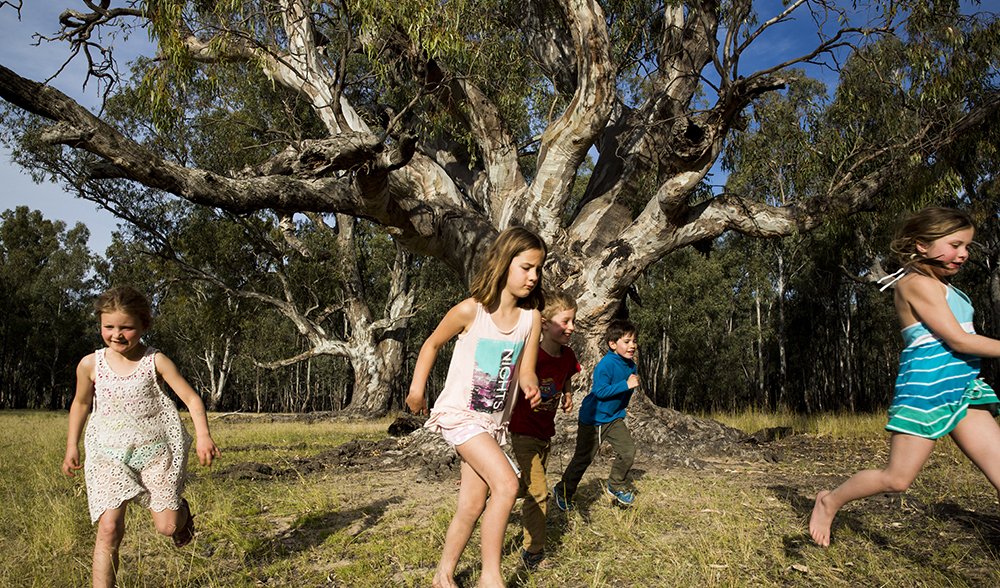
Barmah Lake is a place where holidayers can relax with a line. Locals tell of times before duck hunting was banned, when locals unofficially owned shacks right on the lake. During hunting season they say fires were set in old hollow red gums in which the ducks would be smoked or cooked. Today it is still a beautiful reed-lined water body, where waterbirds flock during times of flood.
Photo Credit: Randy Larcombe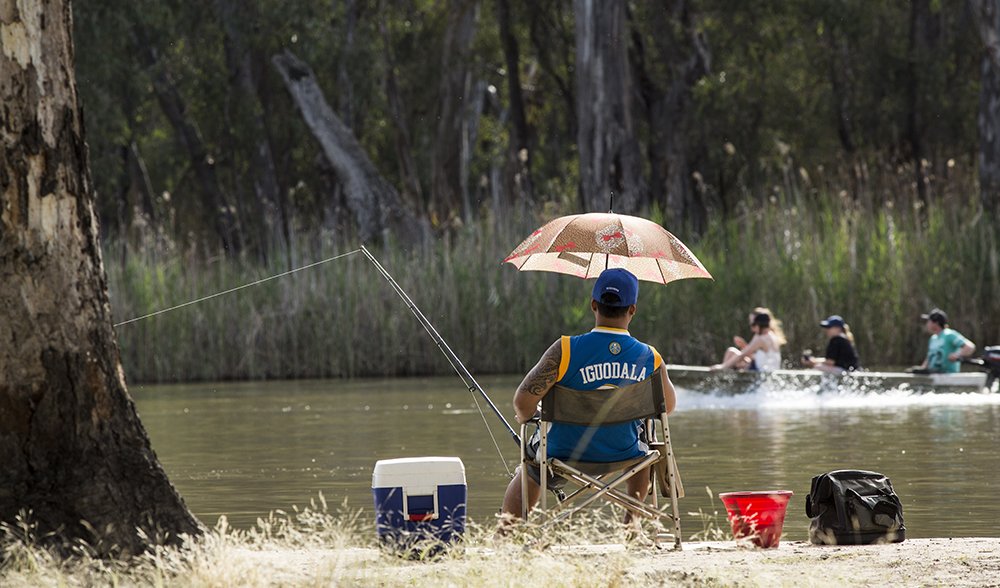
The river red gum (Eucalyptus camaldulensis) has the widest natural distribution of any eucalypt. It’s found right across the Australian continent, except for isolated spots of the far south-west, pockets of the eastern seaboard and Tasmania. However, it only forms great forests on the floodplains of the Murray, Murrumbidgee and Lachlan rivers and their tributaries. As the largest of these, the Barmah-Millewa Forest covers 66,000ha; Barmah (29,500ha) lines the Victorian side of the river and Millewa (36,500ha) the NSW side.
Photo Credit: Randy Larcombe
Kevin Hutchinson is the senior shipwright at the Port of Echuca, roughly 30km west of Barmah Lake. The port is an authentic working steam port and home to Australia’s largest fleet of paddlesteamers. Echuca/Moama, two towns that span the Murray, were once the hub of a logging and wool bale paddle steamer trade that kept up to 200 boats moving up and down the Murray. Today, Kevin continues to restore these charming chuggers for the Port, steaming high-grade red gum planks so that they can be bent around original paddlesteamer frames.
Photo Credit: Randy Larcombe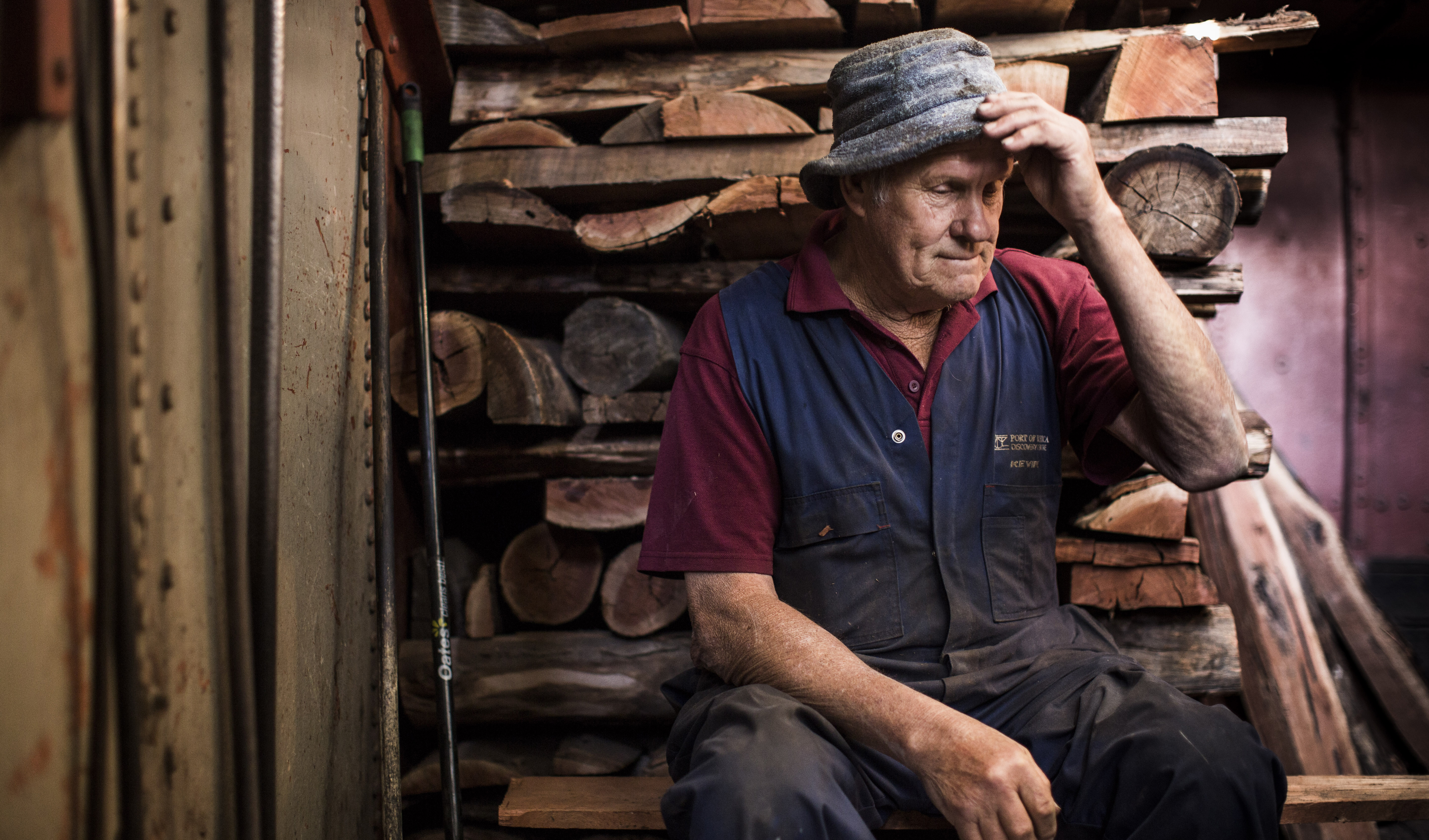
There are currently a dozen odd steamers still plying the river. Some are privately owned, others are driven by commercial operators who will take you up the river for lengths of anything from an hour to a couple of days. Here, engineer Michael Snell feeds river red gum wood into the furnace of the PS Pevensey. Because of its dense grain, red gum burns hot and long, although this slow growing wood is increasingly being phased out of regular fireplaces.
Photo Credit: Randy Larcombe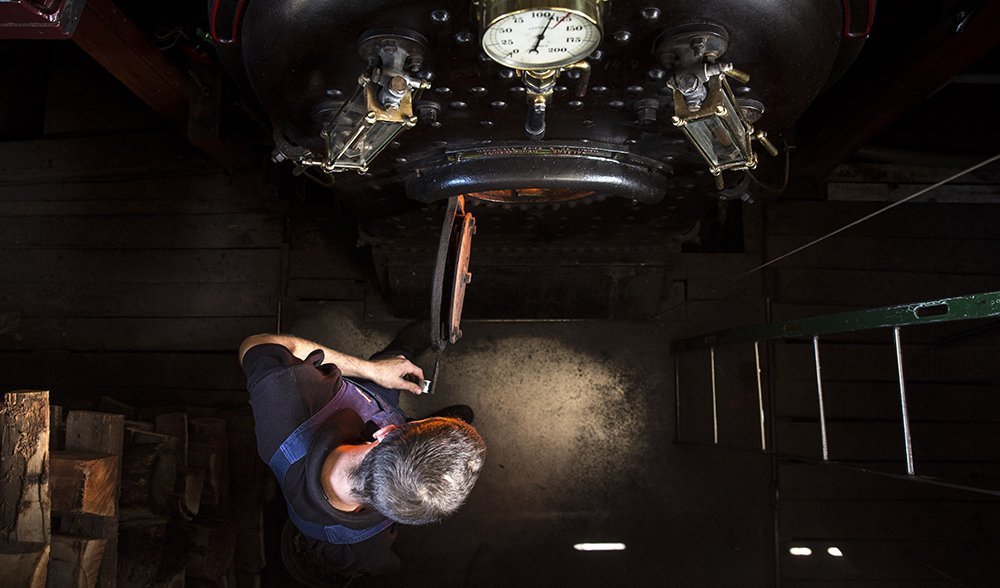
The PS Pevensey was built 1911 in Moama and today takes regular tourist groups out on the river around Echuca/Moama. In the 1980s it starred as the PS Philadelphia TV series ‘All the Rivers Run’. On its return to port the Pevensey’s red gum hull thuds home against the huge red gum beams of the newly restored wharf, its engines powered by the hot coals of smouldering red gum firewood; the hardwood is part of the border region’s character, and can be found everywhere you look.
Photo Credit: Randy Larcombe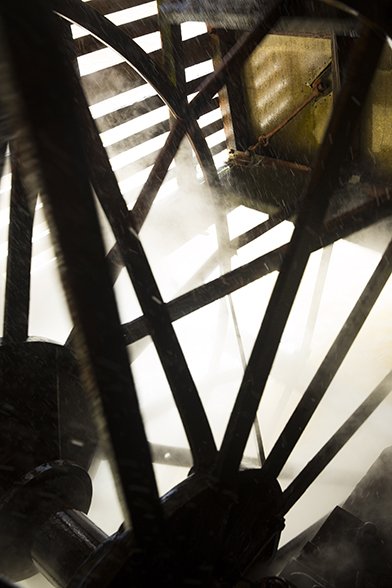
Recently $15.2 million was pumped into refurbishing the huge beams of red gum at Echuca Wharf using its original plans and heritage techniques, as well as the addition of a new Discovery Centre.
Photo Credit: Randy Larcombe
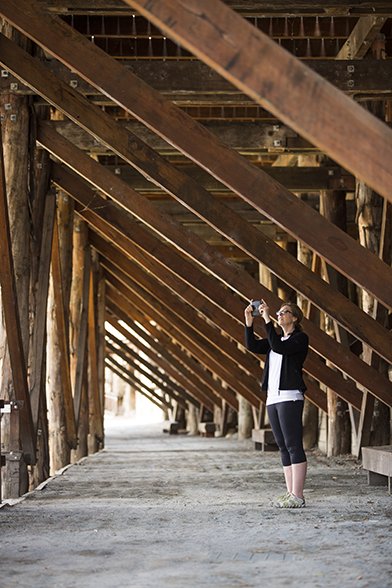
Many locals grew up with characters known as ‘Red Gum Men’, loggers and stockmen whose knowlege of the forest has become local legend. The move away from logging and grazing, which were once the lifeblood of the area and are now banned in the national parks has been tricky says Peter Newman, a third generation farmer in the area whose property sits up against the edge of the Barmah Forest. Love of the gums however has been the uniting factor.
Photo Credit: Randy Larcombe
Tim Mannion, 82, is a third generation cattle famer whose family, until recently, owned a farm that abutted Barmah Forest.
Photo Credit: Randy Larcombe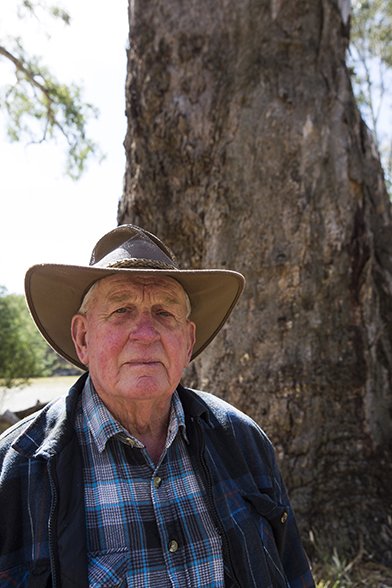
Times have changed says Lee McCann, 91, who a railway sleeper cutter in his youth, cutting hardwood red gum sleepers that were shipped as far away as India. He would know, having lived in the tiny town of Barmah (pop. approximately 200) just outside Barmah-Millewa Forest since he was born on the very site he’s sitting on now. A sign of the times, this spot is now an abandoned sawmill; Lee’s family moved their red gum weatherboard house, where Lee still lives, by bullock to a site about 500m away many years ago. Lee’s quiet lifestyle and the town’s small newsagency and pub, however, suggests that Barmah Forest and its magical trees have flown under the radar. But, with the creation of Barmah and Murray Valley national parks in 2010 more visitors will begin to flow through.
Photo Credit: Randy Larcombe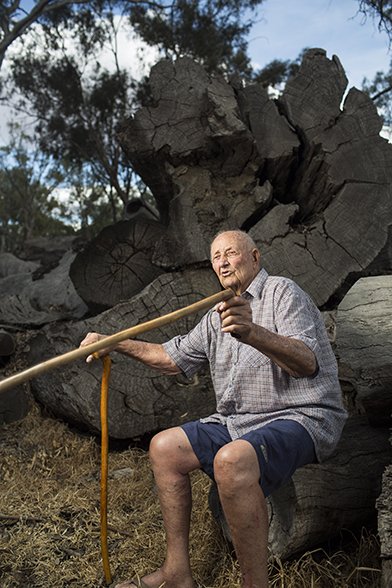
Every three to four years large parts of the adjacent Murray Valley (NSW) and Barmah (Vic) national parks flood. Occasionally, the highest and most impressive water levels have been notched onto tree trunks showing that the floods have sometimes been metres deep, as you see on this example in the west of Murray Valley National Park. Floods are a natural part of life on this Murray River-fed floodplain, and red gums don’t mind getting their feet wet, sending up specialised roots to help them ‘breathe’ when inundated. During these periods waterbird life is abundant and environmental managers like Paul Childs (above) have to navigate their beats by boat.
Photo Credit: Randy Larcombe
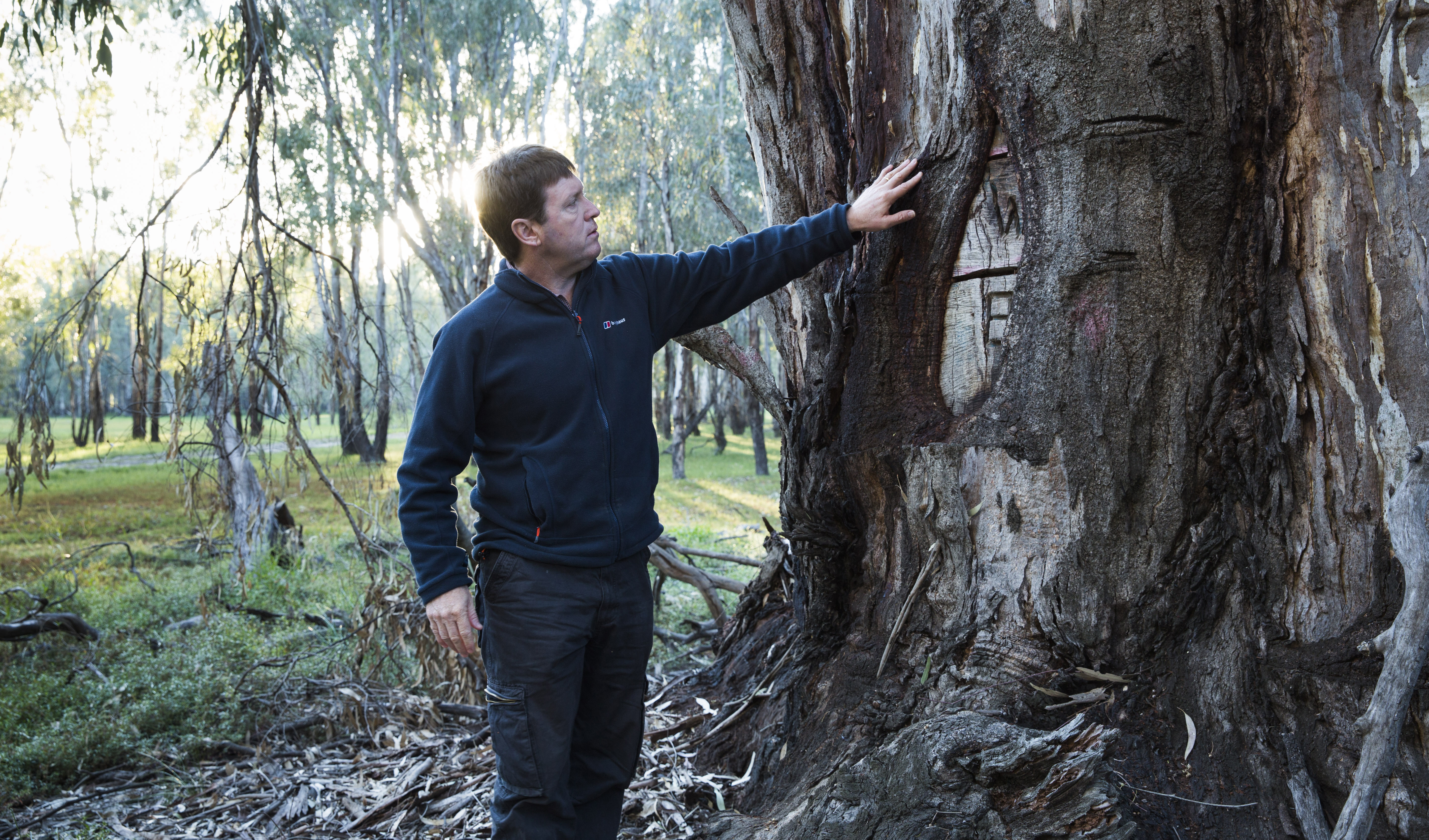
One of the issues creating the problem of too many red gum saplings is that the water flows of the Murray have been changed to accommodate irrigation. Now the annual spring floods are shorter and the summer waterings longer, which suits farmers, but also suits sprouting red gums. The spring floods used to drown out some of the little saplings, but now it’s like a little bit of water drip feeds saplings. So far environmental managers from the Central Goulburn Catchment Authority like Victoria’s Keith Ward and in New South Wales Paul Childs and Rick Webster (above) have been manually extracting the seedlings and drowning them by extending good flood years with environmental water allocations; these extended floods both drown young saplings and support waterbird breeding events.
Photo Credit: Randy Larcombe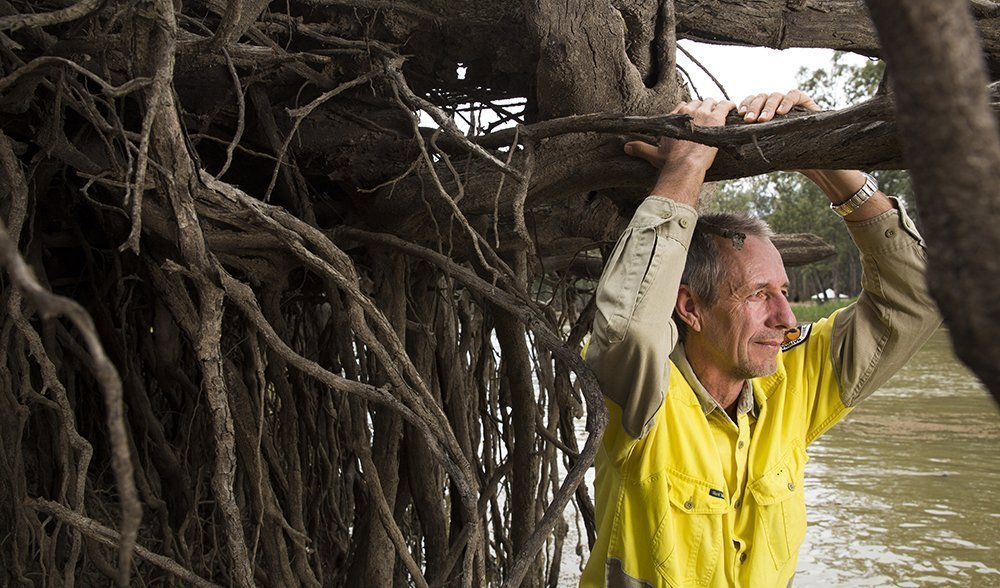
Even when standing the very middle of floodplain fed Barmah Lake, as Keith Ward is above, it is mostly a shallow walking depth. This unique system helps sustain Barmah National Park’s two other most notable ecological communities: the reed beds and the Moira grasslands.
Photo Credit: Randy Larcombe
One of the management issues in both Barmah and Murray Valley national parks is supporting Moira grass. “This is Moira grassland, which is an important and threatened habitat in this state” says ecologist and environmental manager Keith Ward (above). “It’s also known as spiny mud grass,” he says with a humorous glint in his eye, “but it’s hard to get people to identify with that, it’s not a very attractive name”.
Barmah National Park in northern Victoria supports the most extensive moira grass (Pseudoraphis spinescens) plains in the state Keith explains. Through a number of factors, including the growth of too many red gum saplings, it’s been reduced to less than 5 per cent of its original range here, says Keith.
Photo Credit: Randy Larcombe
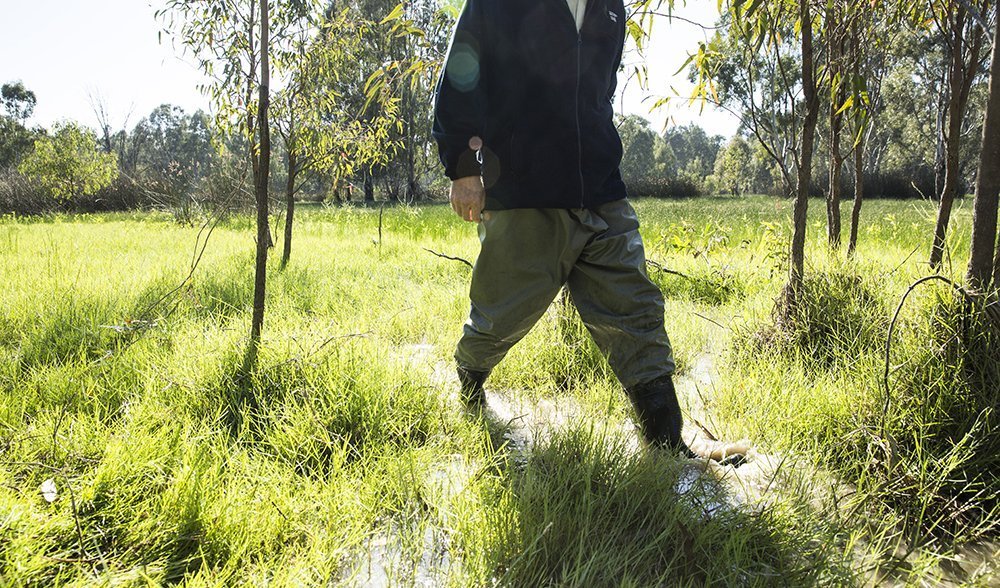
Huge middens attest to heavy indigenous use of the region, which was abundant with food due the richness of the floodplain life and the Murray River’s associated habitats. Other signs of this indigenous clustering are scar trees, which are the marks of bark canoes being peeled off the trunks of trees and circular shapes in branches (above) which are the remnants of saplings tied together to marked out rich food sources and other notable sites.
Photo Credit: Randy Larcombe
Yorta Yorta educator Shane Charles took us to the former Cummeragunja Mission, on the edge of the Barmah-Millewa Forest. It’s now just a handful of houses and a medical centre – a seemingly unlikely location to help shape Australia’s indigenous civil rights movement. But in 1936, with its residents galvanised by substandard conditions, ‘Cummera’ became the site of a nine-month protest that saw 200 residents walk off the mission and camp among the red gums across the river. When requests for better housing and water supply were ignored and the strike defeated, it deeply politicised the region, galvanising many of the key players in the early indigenous civil rights movement. Among Cummera’s residents were some of the key figures to advocate for, and win, basic liberties like the right of indigenous people to vote.
Photo Credit: Randy Larcombe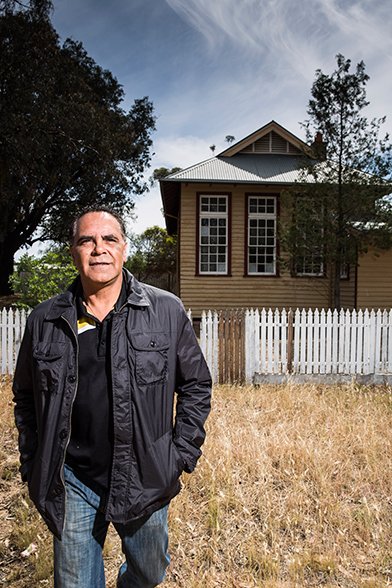
South of Mathoura township on the edge of Murray Valley National Park, you can see the strange uplift of the Cadell Tilt. The fault formed 20,000 years ago as a result of the Cadell Fault, which slowly tipped a wedge of land up to form a natural dam for the mighty Murray River, and pooled water to create an ancestral lake. It also forced the Murray to travel north; that section now forms the Edward River, Bullatake Creek and Gulpa Creek. Somewhere between 550–8000 years ago, the Murray broke through the Tilt to the south. The lake drained and the Murray turned south to form the constriction now known as the Barmah Choke. This narrow channel regularly overflows onto the floodplain left by the drained lake, forming ideal conditions for the river red gums of the Barmah-Millewa Forest.
Photo Credit: Randy Larcombe
To this day, for a 4–5km stretch of the Cobb Highway that runs parallel to the forest, visitors are treated to the strange sight of the shivering tops of red gums, their trunks hidden below the dip of the Tilt.
Photo Credit: Randy Larcombe
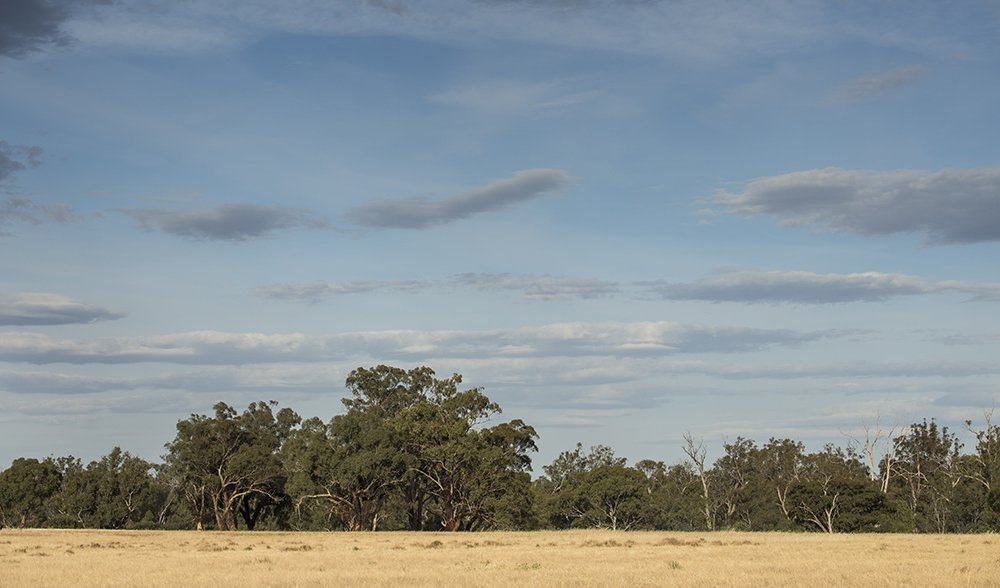
Camping spots are plentiful around Barmah (Vic) and Murray Valley (NSW) national parks, and red gum burns famously hot in a campfire. The Murray offers a misty charm in the morning, just be careful not to camp under a big red gum branch which are famous for suddenly dropping when trees are water stressed.
Photo Credit: Randy Larcombe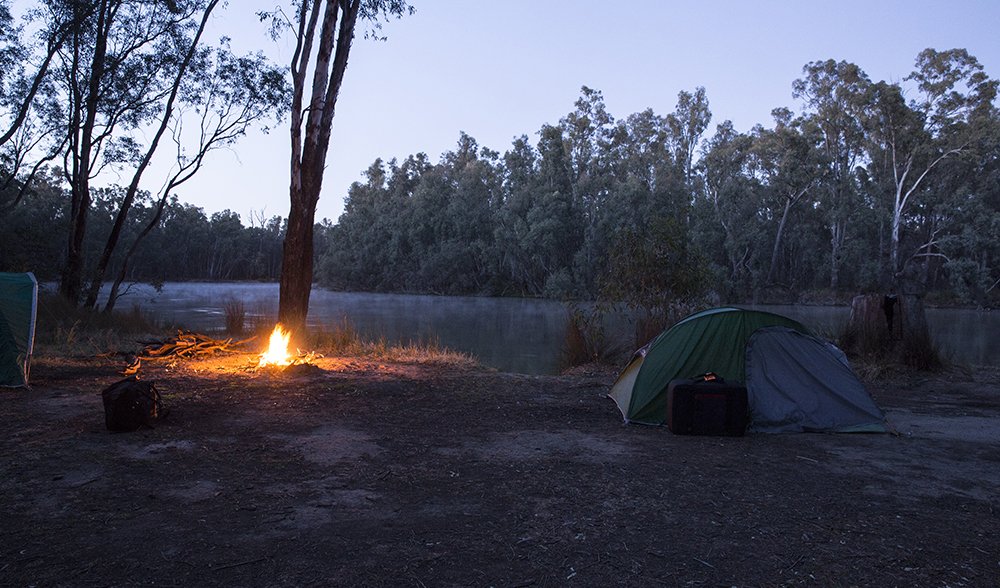
Barmah-Millewa Forest is considered the largest stand of red gum in the world, and one of the best. However, historic logging and the Murray’s modified water regimes mean both Murray Valley and Barmah national parks are struggling with a problem of too many trees. If there are too many saplings or young trees they compete and stop any from reaching full maturity. Environmental thinning has proved controversial and so management strategies for this are still in train.
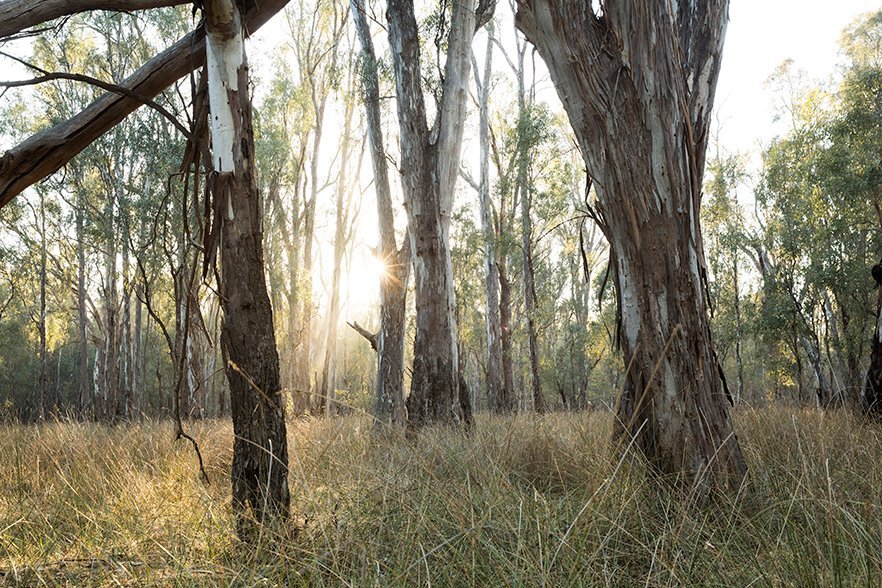
In Cummeragunja’s old schoolhouse is a small museum where the rich indigenous history of the small mission is on show. It was home to musician Jimmy Little and indigenous all-girl group The Sapphires (on which the 2012 movie, Tha Sapphires, was based). In one display you can also see Sir Douglas Nicholls (at centre) who was born at Cummera and played a leading role in Australia’s indigenous civil rights movement. Knighted in 1972, he also became the first Aboriginal federal politician by, in 1976, becoming governor of South Australia. He is buried in the Cummera cemetery.
Photo Credit: Natsumi Penberthy
Home Travel Destinations The largest stand of river red gums in the world

